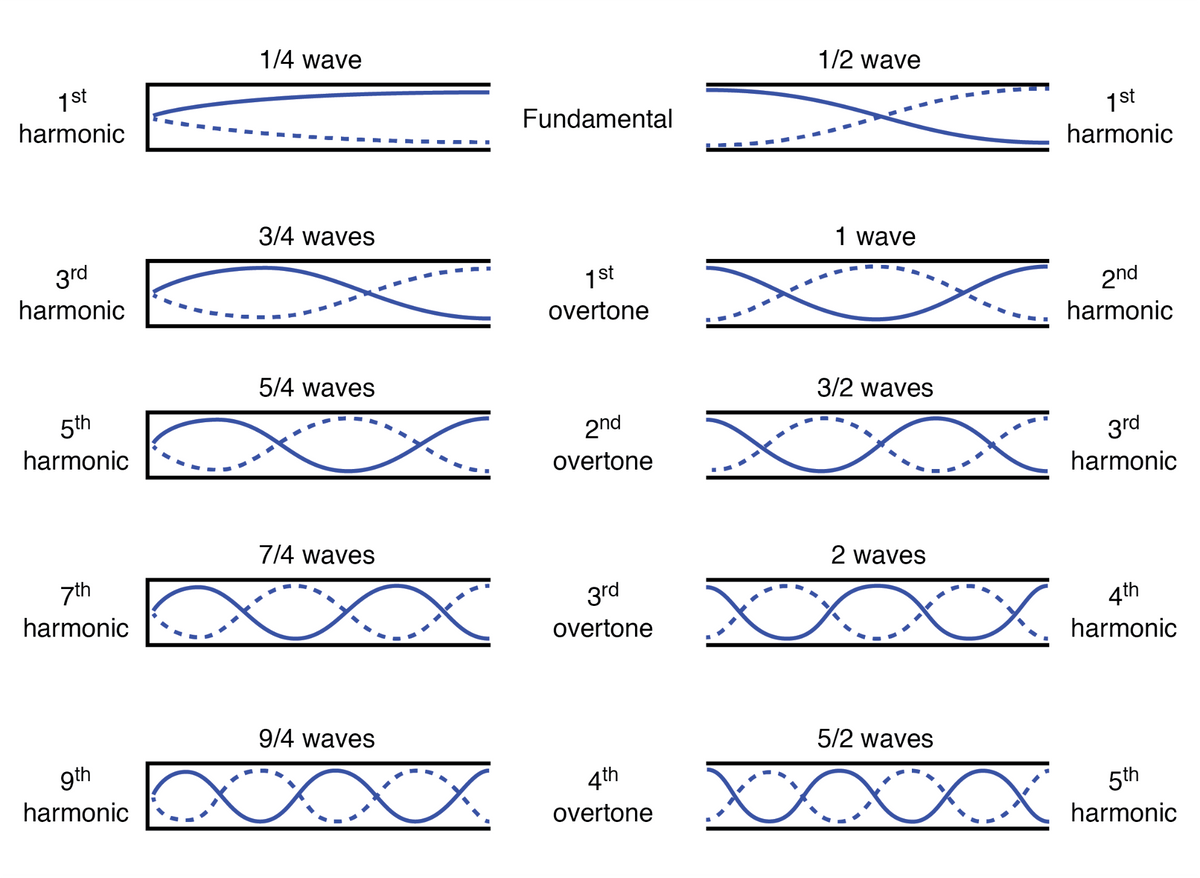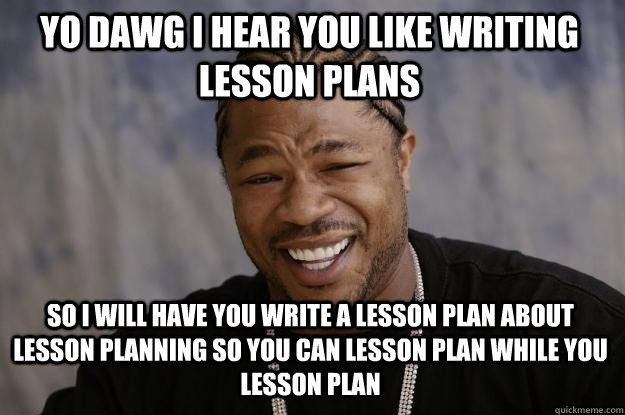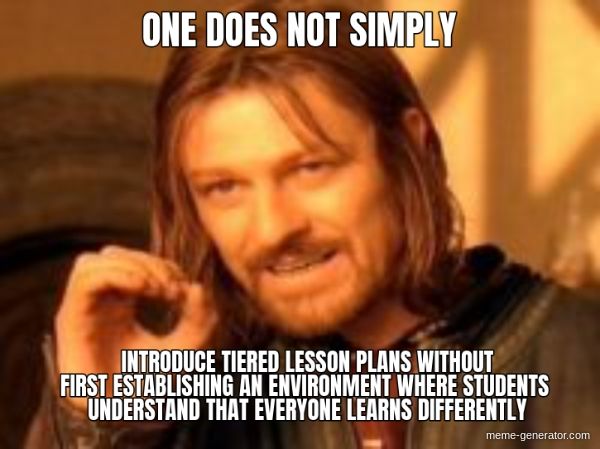Planning, Planning, and Planning...

When writing lesson plans, there are a lot of hats that teachers have to wear to make sure they give as much information as possible while also retaining students in the process. To this end, we have to wear the clothes of an entertainer, a field expert, a leader, and sometimes a friend if need be. Juggling all these responsibilities is what can make a teacher so tired constantly. To that end, we need to be careful in our sleepless stupor to ensure that we are using and creating content which helps all learners engage with the material and see where it fits into their world.

In this balancing act, ensuring we craft content which our students can see themselves using in the future is important to them seeing where our material comes to them in the long run. Writing clear and concise goals that align with their world is part of the process that makes education so personal and available to students. To this end, finding applications that mean something to our students is imperative to them seeing where they fit into our content and where it fits into them. A goal for my unit on acoustics and harmonics would include a goal that is similar to the following: "Students are able to explore potential applications to life using acoustics and harmonics."

I think this is a helpful goal because foremost, it applies the concepts being learned in the classroom to student lives in a way that gives them the power to directly see where it can make sense for them. They get to think about how this concept could be applied to their lives in different ways and explore the potential reality of how this concept can help us advance as a society. In this unit, the assessment would rely on students coming up with a scenario/device/other problem that could be alleviated with a certain application of acoustics and harmonics. They would then explain how they could apply the concepts to come up with something to help or explain the situation overall. For example, using the concept of music to create soothing jingles in the form of lullabies to get children to sleep. Many compositions in Japanese music have a fairly mathematical feel to them (Vasco from Starfield agrees!) A student could try to find the mathematical harmonies in various types of music, or analyze the progressions and combintions used in certain ethnic compositions to analyze the sounds they value or enjoy most. The applications could really help students connect not only to the concept of acoustics and harmonics, but alo to their own world and the important subject of mathematics in their world. Keeping it open ended means they would have the freedom to choose from many different topics that help them make the most sense of this concept.

This goal would connect to language demands since it would be accessible from many different angles. One could use visual representations of sound waves to study, listen to the music and harmonies, or even look at the ways that sound travels through space to help them understand the math behind what we have explored. Since this goal would not be focused on until late in the lesson, it would have a variety of potential applications and be very open to interpretation from the students. It is cognitively demanding because students will be accessing many levels of educational taxonomy and thinking to answer their questions. They will need to recall what we have learned throughout the unit, think about how that applies to their situation, and use what they know to come up with creative applications or solutions to problems. This is also where it connects to standards, as besides learning random mathematical processes, our standards connect back to real-world applications of math in every case. Learning math in a vacuum is useful for...doing math. Learning math in the real world suddenly makes math useful for a whole lot more.
I think that one of my biggest considerations when it comes to unit planning is tht I need to leave enough space for students to be curious and try things out. Sometimes I try to fill those gaps in with what I find to be cool or interesting only to find out that students have their own interests. I want to champion those! Students will feel much more comfortable trying out material if they can address it on their terms, and being open in planning allows for much more of this creative style of approach. This ties into lesson planning, as well. Creating lessons that are tied not only to your goals but also to your students is key to getting them to meet you halfway and explore the content. Encouraging them to try new things and think in new ways will give them the power to take control of their learning and make it so much more personal and powerful. For instance, in my acoustics unit, allowing students to pick their own final topic or scenario for their assesment makes it so they are able to find something that they are passionate about. Allowing them to come up with their problem also allows them creativity and flexibility while giving them the power and respect to work with their own ideas. By looking at a project like this, it also helps me in lesson planning (future lessons specifically) because it allows me to get an idea of what their interests and strategies are like. I can get an idea for what makes my students engage with topics and include more of that in my lesson overall to hook more students. By doing things with a student lens first, it allows us to find ways to better connect the new information back to their world.